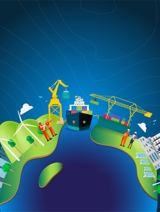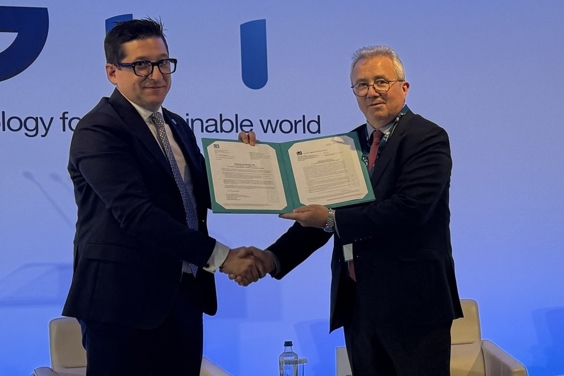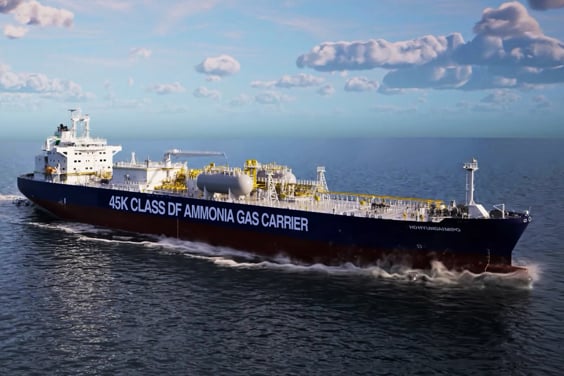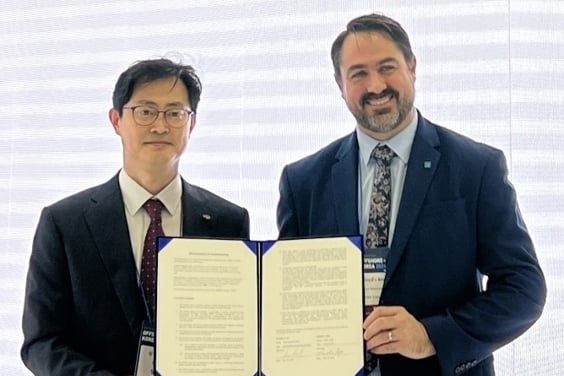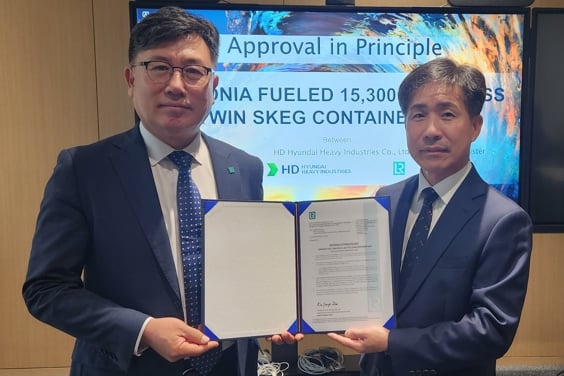What is Ammonia?
Ammonia is a colourless but highly pungent and toxic gas, composed of one nitrogen atom bonded to three hydrogen atoms (NH₃). When combusted it produces nitrogen and water as by-products, potentially resulting in NOx and N₂O emissions. Additionally, as ammonia has low flammability, it may require a pilot fuel to burn, resulting in carbon emissions.
Explore data for E-ammonia and Blue ammonia

E-ammonia
Explore e-ammonia readiness levels

Blue ammonia
Explore blue ammonia readiness levels
Advantages and disadvantages of ammonia
- Advantages
- Disadvantages
- Zero carbon: Ammonia has the potential to be a truly zero carbon well-to-wake fuel if produced using renewable energy (e-ammonia).
- Relatively easy to handle: Ammonia requires less cooling than hydrogen to be stored in liquid form (at temperatures of around -33°C), and transport of ammonia is already well established. However, using ammonia as fuel introduces new challenges, such as safe bunkering.
- Acceptable energy density: The energy density of ammonia is broadly similar to methanol and higher than hydrogen, making onboard storage economically feasible, albeit not as compact as the heavy fuel oil (HFO) used today.
- Safety concerns: Ammonia is highly toxic, so it is imperative that vessel design and operations, as well as crew training, take into account these major safety considerations.
- Environmental concerns from spillages: An ammonia spill could have serious environmental consequences on aquatic habitats and ecosystems, so mitigation measures and spill management practices need to be in place.
- Other emissions: Although no carbon is emitted, the combustion of ammonia in engines can release nitrogen oxides (NOx) and nitrous oxide (N2O), so emission control technologies, such as selective catalytic reduction (SCR) systems, are required.
- Low flammability: Ammonia has a low flammability range. Therefore, it is likely that a pilot fuel or blend may be required to achieve combustion.


